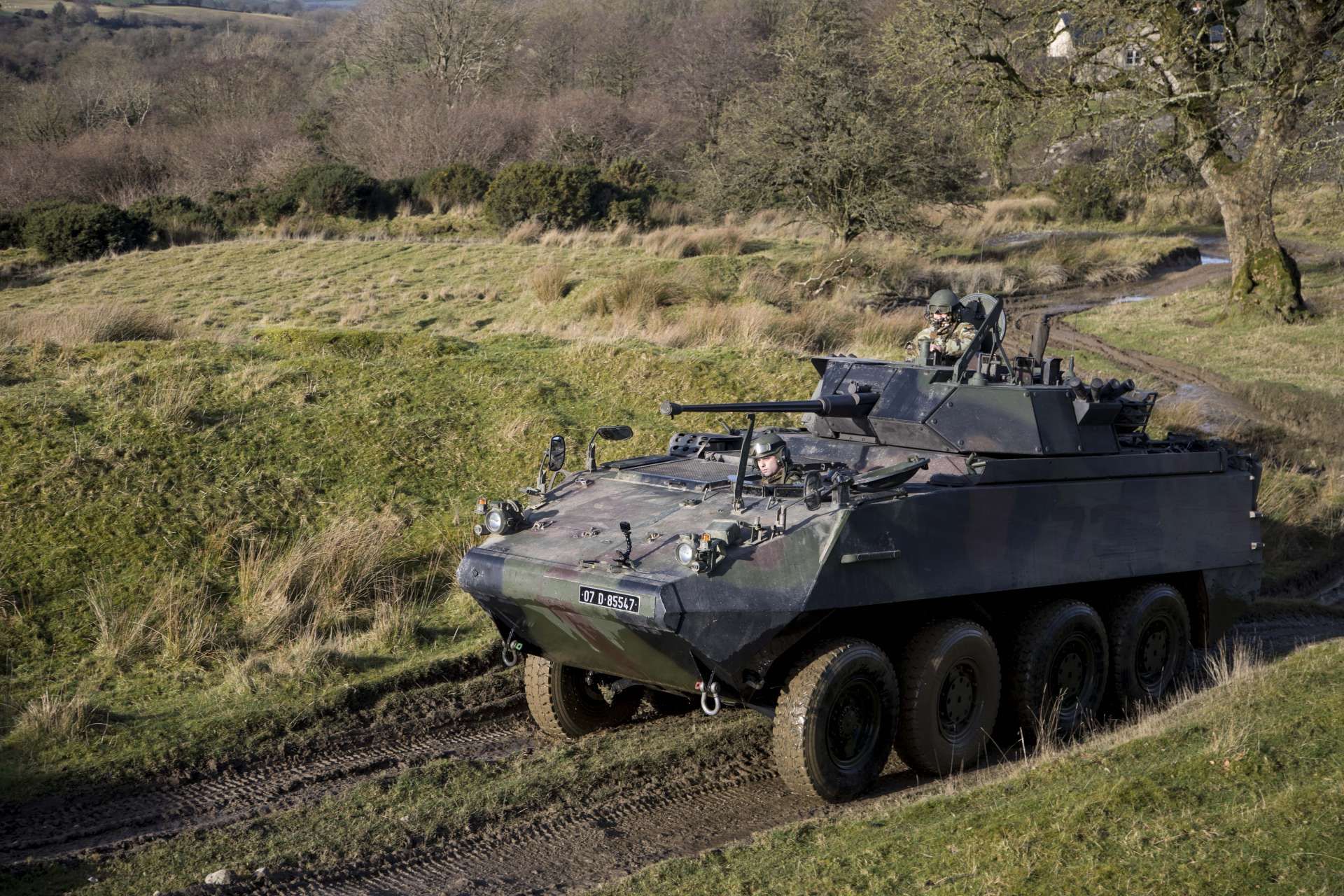Breaking News
Irish Air Force to receive new Airbus C295W transport aircraft under Ireland’s largest-ever defense budget.
On October 1, 2024, Ireland’s Ministry of Defence announced a record allocation of €1.35 billion in its budget for 2025, representing an increase of €100 million compared to the previous year. Tánaiste and Minister for Defence, Micheál Martin, described the budget as a reflection of the government’s commitment to meeting the recommendations of the Commission on the Defence Forces and the Independent Review Group, focusing on both the modernization of the Defence Forces and enhancing Ireland’s defense capabilities.
Follow Army Recognition on Google News at this link

In terms of equipment and infrastructure, the Irish 2025 budget outlines several key projects, including the delivery of an Airbus C295W transport aircraft for the Air Corps. (Picture source: Airbus)
The budget for 2025 includes €215 million in capital spending, the highest level of capital funding the Defence Forces have received to date, and €805 million allocated to current expenditure. A central focus of the budget is the recruitment of an additional 400 members to the Permanent Defence Forces. Despite this goal, the current force strength remains below the established target of 9,500 personnel, with approximately 7,500 members presently serving.
The government has also set a longer-term objective to expand the force to 11,500 members by 2028. The budget provides €469 million for personnel pay, including salaries for new recruits, such as €49,552 for Graduate Cadets, €44,216 for School Leaver Cadets, and €40,297 for a Private 3 Star or Able Seaman. Additionally, €3.2 million will be allocated for advertising to support recruitment efforts.
In terms of equipment and infrastructure, the 2025 budget outlines several key projects, including the delivery of an Airbus C295W transport aircraft for the Air Corps. This aircraft is intended to support transport and evacuation missions and may be supplemented by the potential acquisition of a third C295 airlifter. Other aviation-related allocations include €8 million to support the Air Corps in fleet maintenance, airfield operations, and training costs.

The Irish government is also in the process of replacing two ex-UK Royal Navy offshore patrol vessels with decommissioned inshore patrol vessels from the Royal New Zealand Navy. (Irish MoD)
Further capital spending will be directed toward enhancing Ireland’s air and maritime surveillance capabilities. One major project is the development of a military radar system to provide airspace monitoring. The radar project, which will involve multiple sites and is expected to cost more than €250 million, will proceed over several years. This system is intended to detect unauthorized aircraft in Irish airspace, though the budget does not include provisions for acquiring combat aircraft to intercept such threats. In addition, the budget includes funding for subsea monitoring systems to safeguard critical underwater infrastructure, such as data cables and energy interconnectors, an area that has been a growing concern due to international tensions.
The government’s broader defense strategy aligns with the recommendations from the Commission on the Defence Forces, particularly its Level of Ambition 2 (LOA2) concept. This plan involves a proposed capital investment of €2.465 billion over the next decade, averaging €247 million annually. The LOA2 recommendations emphasize the need for heavier armored vehicles for the Army to replace the current fleet of MOWAG Piranha armored personnel carriers by 2030, as well as improvements in coastal radar surveillance and the replacement of three older vessels in the Irish Navy’s fleet. The government is also in the process of replacing two ex-UK Royal Navy offshore patrol vessels with decommissioned inshore patrol vessels from the Royal New Zealand Navy.
Personnel support remains a key priority, with €329 million allocated for Defence Forces veterans' pensions and their dependents. There is also €6 million set aside for the Tribunal of Inquiry established to investigate allegations of sexual abuse and bullying within the Defence Forces. The inquiry, which stems from the Independent Review Group’s report, will continue its work through 2025 with this funding.

The Level of Ambition 2 (LOA2) plan involves the need for heavier armored vehicles for the Army to replace the current fleet of MOWAG Piranha armored personnel carriers by 2030. (Picture source: Irish MoD)
The budget also provides for the recruitment of civilian specialists to address staffing shortages, particularly within the Naval Service. A total of €6 million is allocated for civilian recruitment and the use of external expertise and services. Other defense priorities include the regeneration of the Reserve Defence Force, along with additional funding for Civil Defence recruitment, which will focus on appointing Assistant Civil Defence Officers and Health and Safety Officers.
While the increased budget represents a financial commitment to defense, Ireland’s overall defense spending remains low compared to other EU countries when measured as a percentage of GDP. Sinn Féin’s defense spokesperson, Matt Carthy, raised concerns about the government’s ability to achieve its recruitment targets, describing the planned increase of 400 personnel as unlikely given the ongoing trend of personnel leaving the Defence Forces. The Representative Association of Commissioned Officers (Raco) expressed cautious optimism regarding the increased funding but emphasized that retaining existing personnel remains critical. According to Raco, improvements to working conditions and pension arrangements, as well as the application of the working time directive to the Defence Forces, will be essential for stabilizing recruitment and retention efforts.


























